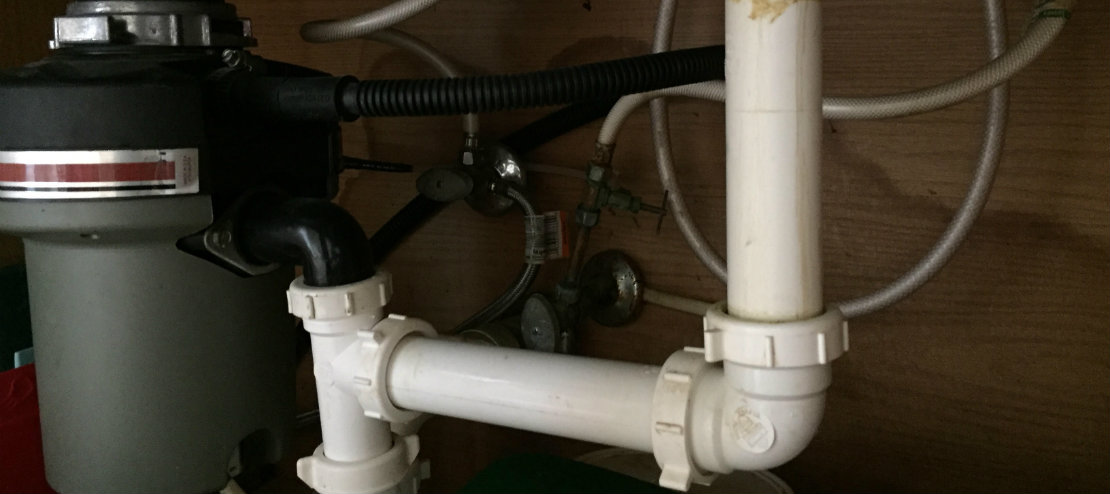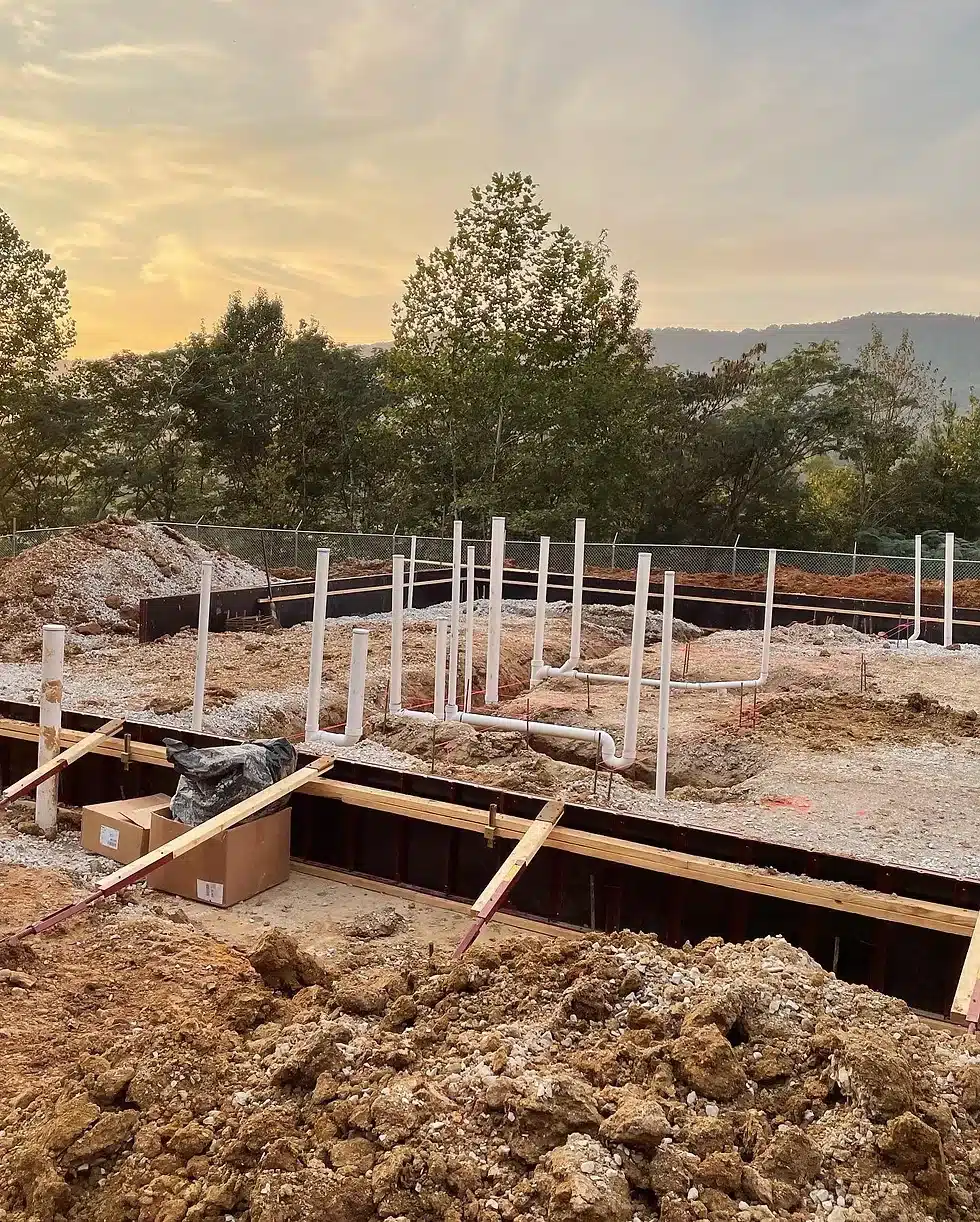They are making several great pointers regarding Plumbing Basics Every Homeowner Should Know as a whole in this article down below.

Plumbing is a vital aspect of any type of home, responsible for supplying clean water for drinking, food preparation, and showering, along with removing wastewater safely. Understanding the basics of home plumbing is vital for each property owner to ensure proper upkeep, troubleshooting, and, if needed, repair work. In this beginner's overview, we'll cover the essential concepts of home plumbing to aid you end up being more knowledgeable about just how it functions.
Water Supply System
The water system system brings clean water right into your home from a local water source or an exclusive well. It consists of a major water line that links to your home's plumbing system, generally located underground. A water meter gauges the amount of water eaten, while a shut-off shutoff enables you to manage the circulation of water into your home.
Plumbing Components
Plumbing fixtures are tools that provide water to numerous parts of your home and include sinks, taps, toilets, showers, bathtubs, and appliances such as dish washers and washing makers. Each component is linked to the water system through pipelines and installations and may have its shut-off valve for upkeep or emergencies.
Water Heater
The water heating system is accountable for heating water for residential usage, including showering, cooking, and cleansing. Usual sorts of hot water heater include tank-type water heaters, tankless (on-demand) hot water heater, and heat pump water heaters. The hot water heater is connected to the water system system and supplies hot water to plumbing fixtures as needed.
Drain System
The water drainage system removes wastewater from your home and carries it away to a sewage treatment facility or septic tank. It contains a network of pipelines, installations, and components that transfer wastewater from plumbing fixtures to the primary drain line or sewage-disposal tank. Correct water drainage is essential to avoid blockages, backups, and sewage leaks.
Ventilation System
The ventilation system helps preserve correct air pressure and stop sewer gases from entering your home. Vent pipelines, additionally known as vent stacks, prolong from plumbing fixtures to the roofing, enabling sewage system gases to get away safely outside. Ventilation pipes also allow air to get in the water drainage system, facilitating smooth wastewater circulation and preventing suction or vacuum cleaner impacts.
Typical Plumbing Tools
Having the right tools on hand is important for carrying out basic plumbing repairs and upkeep jobs. Common plumbing tools consist of flexible wrenches, pipe wrenches, pliers, pipe cutters, hacksaws, bettors, augers (or drainpipe snakes), and Teflon tape. Having these devices easily available can aid you take on small plumbing issues efficiently.
Standard Plumbing Repair Services
While some plumbing repair work might need professional aid, lots of typical issues can be resolved with fundamental DIY strategies. Learning just how to take care of a leaky tap, unclog a drainpipe, replace a commode flapper, or repair a dripping showerhead can save you money and time on plumbing repair services.
Conclusion
Recognizing the basics of home plumbing is essential for each homeowner to keep a safe, practical, and efficient plumbing system. By acquainting yourself with the water system system, plumbing components, drainage system, air flow system, typical plumbing tools, and fundamental repairs, you can with confidence address minor plumbing concerns and ensure your home's plumbing system operates efficiently.
Plumbing Basics Guide for Homeowners
For many homeowners, the plumbing system can be a mystery with a lot of hidden perils. Since most of the pipes and connections hide behind fixtures, walls, or even underground, people may not get a chance to see how they work until they need to. However, learning the basics around the plumbing system is important for homeowners, especially if they want to perform DIY maintenance, repair, or upgrades. By exploring the system and learning the most common mistakes, people will better understand what they are looking at and how they can minimize the risk of damage.
Parts of the Home Plumbing System
Although homeowners may have a rough sense of how their plumbing is supposed to work, they may not know all the parts of the system. For example, when someone turns on a tap, they may not understand how the water arrives or what happens after it goes down the drain. People should familiarize themselves with various terms related to plumbing, including:
Pipes: Tubes allowing the free flow of water, usually made of metal or PVC Fittings: Connectors that enable pipes to change direction Valves: Parts that control the direction and flow of water Fixtures: Permanent pieces that hold or control water, like sinks or tubs Traps: Special bends in the plumbing to prevent sewer gases from escaping Filters: Devices to prevent certain kinds of waste from accumulating in the pipes Appliances: Equipment that uses water, such as a dishwasher or water heater Supply: How Homes Get Water
Most homeowners get their water supply from a municipal plumbing system. Others rely on well water, which must be pumped from a nearby well. In order to have access to water, homeowners must install a supply line underground. This line usually has a main shut-off valve and a specific amount of water pressure. From there, the supply line goes to the water heater for heating. The rest of the house has two supply lines: one for cold water and one for hot water. They often run together to each fixture and appliance.
Draining: Where Used Water Goes
Every fixture and appliance has a drainage system that connects to the home's drainage line. Certain rooms may also have a drain in the middle of the floor, in case of flooding or for cleaning. Each fixture has a trap that allows water and waste to pass through but doesn't allow sewer gases to return in the opposite direction. The pipes connecting the fixtures and the appliances connect to a branch pipe and eventually to a drain stack, which leads to the home's main drain line underground. That line connects to a septic system or to the municipal sewer system.
Venting: What Keeps Home Plumbing Running Smoothly
The decomposition of human waste can produce gases, which need proper venting in the home's plumbing system. Drain traps prevent the gases from pushing through the drain and into the home, but they don't provide ventilation. Ventilation is important because the accumulation of gases can cause glugging and slow the flow of wastewater out of the home's plumbing system. There are different types of vents that homeowners can consider. Most of the time, the vents connect to the vertical drain stacks and allow the gases to escape through a pipe leading directly to the roof.
Tools for DIY Plumbing
There are a variety of tools that homeowners can use for DIY plumbing projects. Some are related specifically to installation or repair, while others are typically used for general maintenance. Popular tools include:
Pipe wrench Adjustable wrench Sink wrench Pliers Plumbers putty Plumbers tape Hand auger Plunger Installing New Water Lines in a Home
Installing new water lines takes additional care, especially if people are only replacing parts of the line. As a general rule, experts recommend that homeowners consider starting with copper piping to run from the water main to the water heater. This part of the line usually requires a pipe that's three-quarters of an inch in diameter. If a copper pipe must connect to a galvanized steel pipe, place a rubber washer in-between. This will stop the pipes from reacting with each other.
From the water heater, people can use half-inch pipes to lead to various fixtures and appliances. They might choose from a variety of materials, like PEX or copper. For each step of the process, homeowners may want to test out the length with a dry fit. This term describes fitting the pipes together to confirm that they are the right size before applying glue, tape, or solder. The best approach to connecting the pipes depends on the material. People should investigate suitable connectors, especially if they are going to use multiple different materials together.

We hope you liked our topic about Plumbing Basics For Every Home: The HomeTriangle Guide. Thanks so much for taking the time to browse our short article. If you enjoyed reading our page plz don't forget to pass it around. Many thanks for taking the time to read it.
Call Today